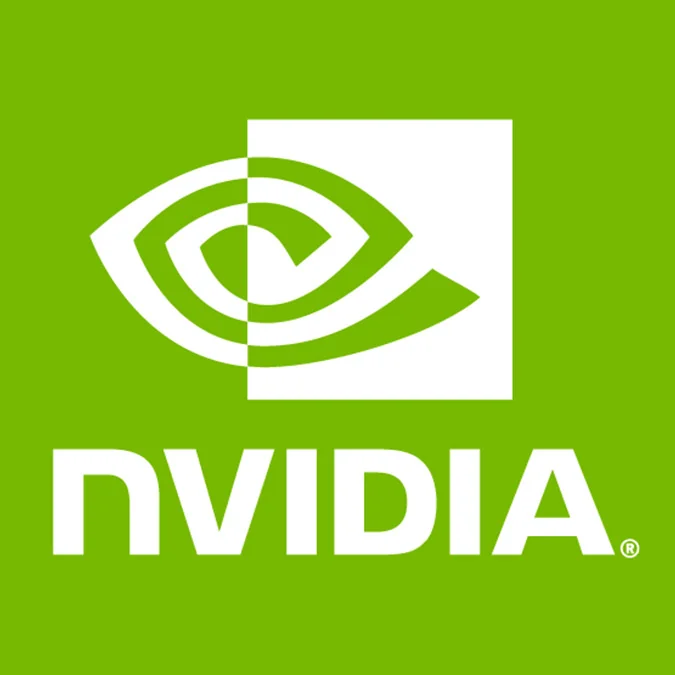NVIDIA Tegra With Dedicated Quadro/GeForce?

The information I was passed along comes after I mentioned earlier this week the "biggest problem for a Linux PC vendor", which ended up being the lack of proper NVIDIA Optimus support under Linux. With so many laptop configurations now offering Optimus -- a low-power integrated GPU and a high-performance discrete GPU that is supposed to allow for dynamically switching between them based upon performance/power needs -- not having this technology properly implemented in Linux has been a huge pain for this vendor. It's also likely been a problem for other vendors too, besides end-users who buy Windows laptops only to reload them with Linux and then find out this NVIDIA technology isn't properly supported under Linux.
You can find more on Optimus in other Phoronix articles, but here's the information that I was passed along since publicizing the Optimus-Linux-pain: NVIDIA is reportedly planning support for a future generation of their Tegra ARM SoC to be able to cooperate with an external, discrete NVIDIA GPU, such as a higher-end GeForce or Quadro graphics card. This would be extremely interesting so basically there's still the low-power but good performance ARM SoC, but optionally other vendors could pair it with a discrete GeForce/Quadro GPU on the PCB. For proper power-savings and support, this would be like Optimus is right now on x86 hardware.
This could be interesting for a few cases, such as finding NVIDIA Tegra in a netbook/notebook with having a GeForce GPU for bettering the graphics performance when needed in an Optimus-like manner. It would also make sense if NVIDIA pushes Tegra further into the server-space to compete with the likes of Calxeda and then offers NVIDIA Quadro GPU cores as an attached option with greatly pushing CUDA/OpenCL into the ARM space. Having a multi-core ARMv8 SoC paired with a discrete NVIDIA GPU could be quite interesting.
It also makes a lot of sense as NVIDIA could better separate itself from the other ARM SoCs on the market thanks to their in-house graphics IP where as nearly any other hardware vendor is limited to licensing it from someone else. But again, I haven't had this officially confirmed nor from some brief looking over the past 36 hours seen this possibility mentioned anywhere else. NVIDIA could easily distinguish themselves in the ARM space for performance.
Aside from yielding interesting hardware configurations, this news is interesting to Linux users for a few reasons:
- NVIDIA would need to port their proprietary Linux graphics driver to ARM for supporting the GeForce/Quadro GPU. Right now their mainline Linux driver is available only for x86/x86_64 architectures (and IA64 in a very old form).
- NVIDIA would need to provide proper Optimus support under Linux due to this configuration and considering that Linux on ARM is likely to dominate for the foreseeable future. [Thus also making happy at least one Linux PC vendor as a fringe benefit.]
Plus there's a few other possible benefits to Linux users, but I'll save those for a future article.
As far as when this support might be available, it's looking like it could happen with Tegra's "Wayne" or "Logan", which are presently planned for 2013. This hasn't been officially confirmed by NVIDIA, but it does make sense, especially after There's Hope For DMA-BUF With Non-GPL Drivers where I even mentioned "Back in January there was a request by NVIDIA that the DMA-BUF kernel symbols be not exported GPL-only, which would prevent them from taking advantage of this buffer sharing mechanism in their proprietary driver. This would inhibit them from being able to easily/cleanly share buffers between their binary driver and say the Intel open-source driver...for buffer-sharing between an open-source NVIDIA Tegra kernel driver and the binary driver with a GeForce GPU, a case that one of the requesting NVIDIA engineer mentioned."
10 Comments

